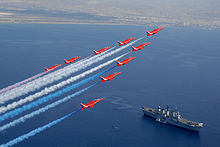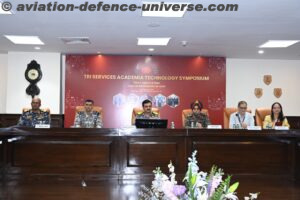By Chaitali Bag
Larnaca, Cyprus. 12 April 2019. UK’s airforce base RAF Akhrotiri in Cyprus is expecting new guests this year. As per a UK MOD statement Britain’s F-35B aircraft will depart their home station of RAF Marham in Norfolk later this year for Cyprus in their first overseas deployment.
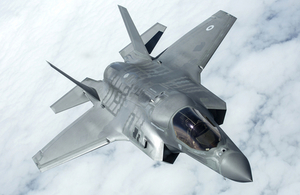
Royal Air Force Akrotiri or more simply RAF Akrotiri is a large Royal Air Force station, on the Mediterranean island of Cyprus. It is located in the Western Sovereign Base Area, one of two areas which comprise Akrotiri and Dhekelia, a British Overseas Territory, administered as a Sovereign Base Area.
The station commander has a dual role and is also the officer commanding the Akrotiri or Western Sovereign Base Area, reporting to the commander of British Forces Cyprus who is also the Administrator.
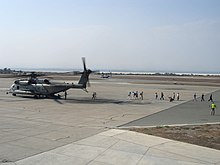
Owned and operated by the RAF, the Lightning Force is jointly manned by both the Royal Air Force and the Royal Navy. This deployment will allow personnel from both services to gain vital experience in maintaining and flying the aircraft in an unfamiliar environment.
RAF Akrotiri was first constructed in the
mid-1950s to relieve pressure on the main RAF station on the island, RAF Nicosia. In the aftermath of the Egyptian repudiation of the Anglo-Egyptian treaty, British forces had to be withdrawn from the Suez Canal Zone in Egypt. After the ending of the League of Nations mandate over Palestine in 1948, the only other British territory in the eastern Mediterranean was Cyprus. Consequently, the withdrawal from Egypt resulted in an enormous build-up of forces in Cyprus. This period also coincided with the outbreak of the internal security problems of EOKA in Cyprus, further increasing pressure on the RAF airfields on the island.
Defence Secretary Gavin Williamson said, “These formidable fighters are a national statement of our intent to protect ourselves and our allies from intensifying threats across the world. This deployment marks an important milestone in this game-changing aircraft’s journey to becoming fully operational.”
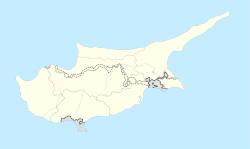
The deployment will also train and test all aspects of moving this aircraft to a new location, including logistics, maintenance, and sustainment of all the equipment and crew that comes with this impressive aircraft.
Akrotiri, along with Nicosia, assumed a very important status, as virtually the sole means for projecting British airpower into the eastern Mediterranean, outside of aircraft carriers. In 1960, independence was granted to Cyprus, with the RAF maintaining both RAF Nicosia and RAF Akrotiri as airfields, controlled by the Near East Air Force. However, Akrotiri assumed more importance as Nicosia was used for greater civil aviation traffic. After 1966, it was no longer possible to maintain RAF units at Nicosia due to pressures of space, and Akrotiri became the only RAF flying station left on the island.
Chief of the Air Staff Air Chief Marshal Sir Stephen Hillier said, “It is great to see 617 Squadron, the modern day Dambusters, flying the most advanced and dynamic fighter jet in the UK’s history and about to start their first overseas deployment. I have no doubt that this short deployment will offer many tests, but likewise I am confident that our highly trained and skilled personnel will rise to the challenge and confirm our ability to deliver truly formidable capability.”
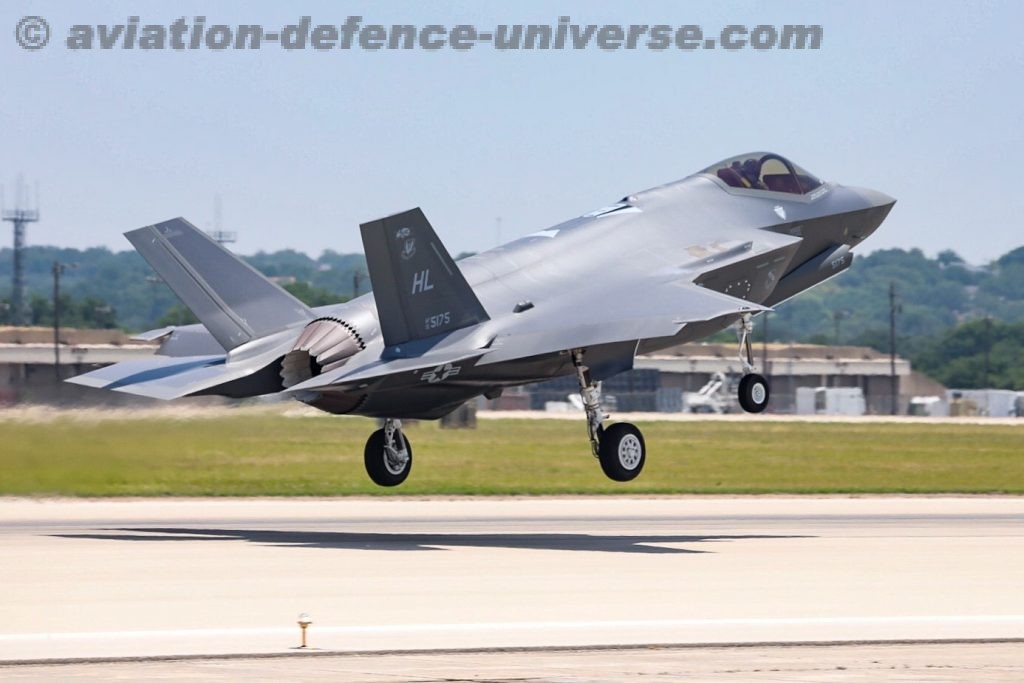
The UK currently owns 17 F-35B aircraft with the reformed 617 Sqn having arrived back in the UK last year, with RAF Voyager aircraft providing air-to-air refuelling on their trans-Atlantic journey. More jets are due in Britain over the coming years, and there is an overall plan to procure 138 aircraft over the life of the Programme.
Admiral Sir Philip Jones KCB ADC DL Royal Navy, First Sea Lord and Chief of Naval Staff said, “This first overseas deployment of these world-beating British F-35B aircraft to RAF Akrotiri, together with their embarkation in HMS Queen Elizabeth for the first time in the Autumn of this year, are important milestones to prove their readiness for deployed operations anywhere in the world in defence of our national interests.”
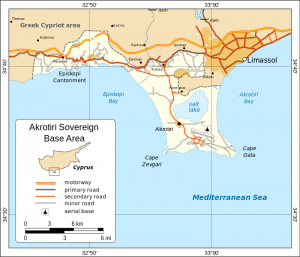
In July 2006, RAF Akrotiri played a major role as a transit point for personnel evacuations out of Lebanon during the 2006 Lebanon War. Akrotiri was the location of the main transmitter of the well known numbers station, the Lincolnshire Poacher, although transmissions ceased in 2008.
In March 2011, the station was used as a staging base for support aircraft involved in Operation Ellamy, the UK’s contribution to the NATO-led military intervention in Libya. Tanker support and logistical units were based here to support aerial operations over the country.[
In August 2013, six RAF Eurofighter Typhoon aircraft were deployed to Akrotiri to defend the base, following possible military responses to an alleged Syrian government chemical weapons attack. Earlier two Lockheed Tristar air-to-air refuelling aircraft and a Boeing Sentry AEW1had been deployed to Akrotiri.[
The station hosted the main hospital for British Forces Cyprus, The Princess Mary’s Hospital (TPMH), located on Cape Zevgari. This closed in November 2012 and cases too serious to be dealt with at the base health clinic are sent to the private Ygia Polyclinic in Limassol.
In August 2014, six RAF Panavia Tornado fighter/bombers were deployed to Akrotiri to carry out reconnaissance missions over Iraq, following the rise of Islamic State in Iraq and Syria. On 26 September 2014, Members of Parliament voted in favour of the RAF carrying out air strikes on Islamic State in Iraq, and on 27 September the first two Tornado jets took off from Akrotiri loaded with laser guided bombs and missiles. On 30 September 2014, two RAF British Tornados successfully attacked and intercepted ISIS targets of a heavily armed truck, at the request of Iraqi Kurdish fighters. The station was used to support the 2018 missile strikes against Syria.
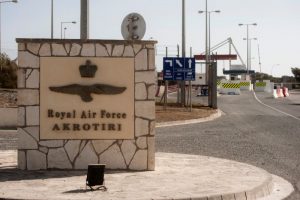
Akrotiri has played a crucial role during Britain’s recent operations in the Middle East. During both major campaigns against Iraq, in 1991 and 2003, and also during the no-fly zone operations between, it operated as a staging post for British forces en route to the region.
Due to the station’s relative proximity to the Middle East, it is often used by British allies when needed, such as for casualty reception for Americans after the 1983 Beirut barracks bombing[ and as a staging post before heading into theatres of combat in the Middle East/Persian Gulf theaters.
The UK has a treaty with Cyprus that guarantees British access to Akrotiri in any circumstances. Under the treaty, the stations employ many locals and contribute to the local economy.
Akrotiri is the location of the Limassol BBC Relay that broadcast the BBC World Service radio signal to the Middle East. Akrotiri’s large curtain antennas were also believed to be used to operate the former numbers station, “Lincolnshire Poacher,” which broadcast various covert messages to operatives in the Middle East
Red Arrows are seen flying over HMS Illustrious next to Akrotiri. The RAF display team, the Red Arrows, uses Akrotiri for winter display training.
All Pictures & Maps Courtesy Wikipedia.


































